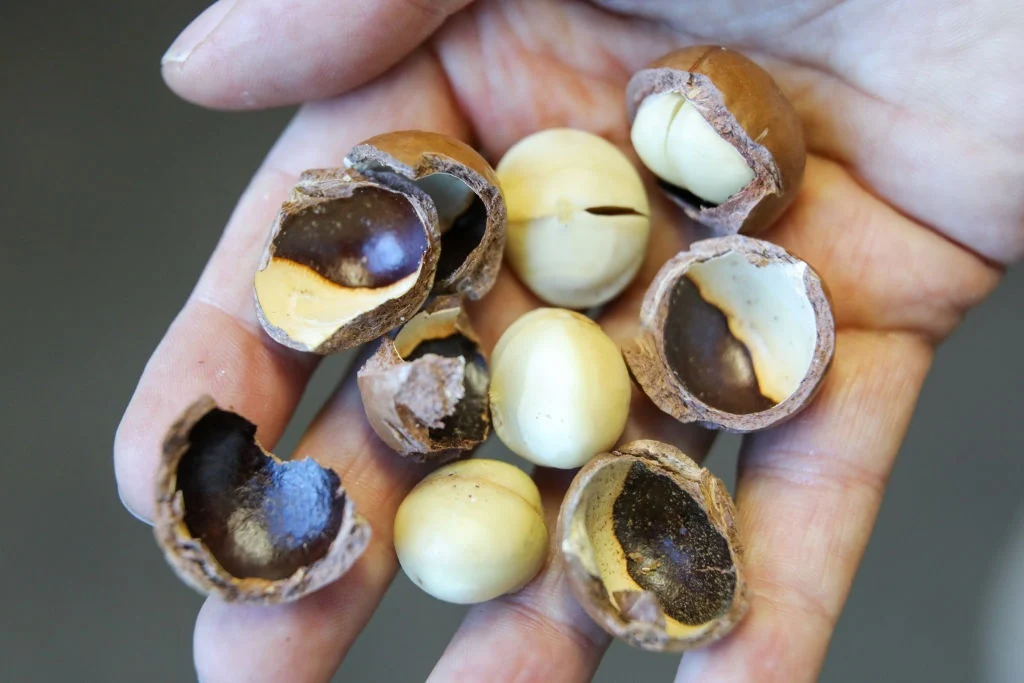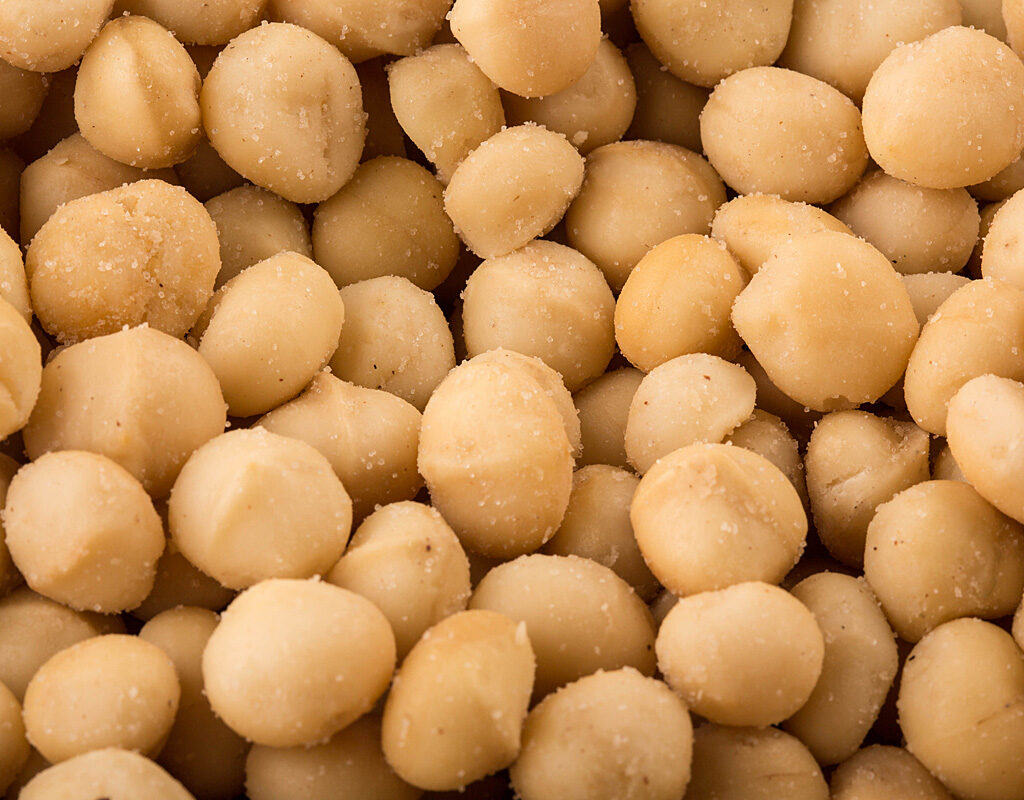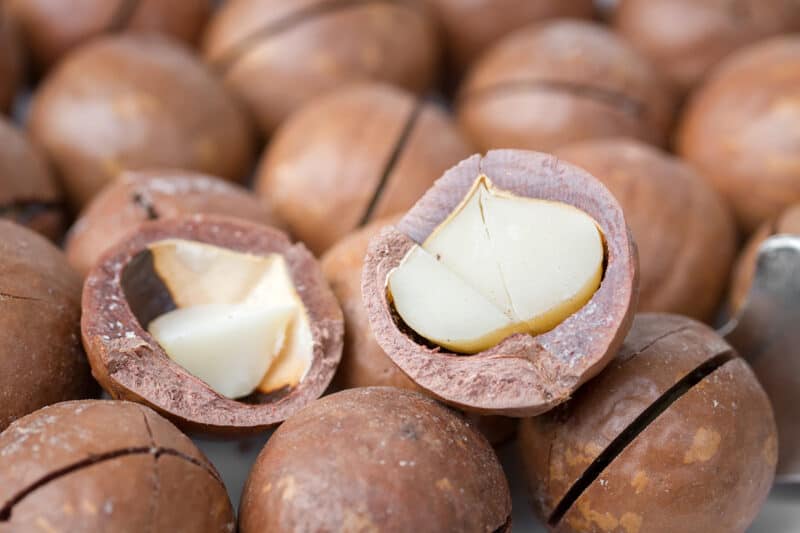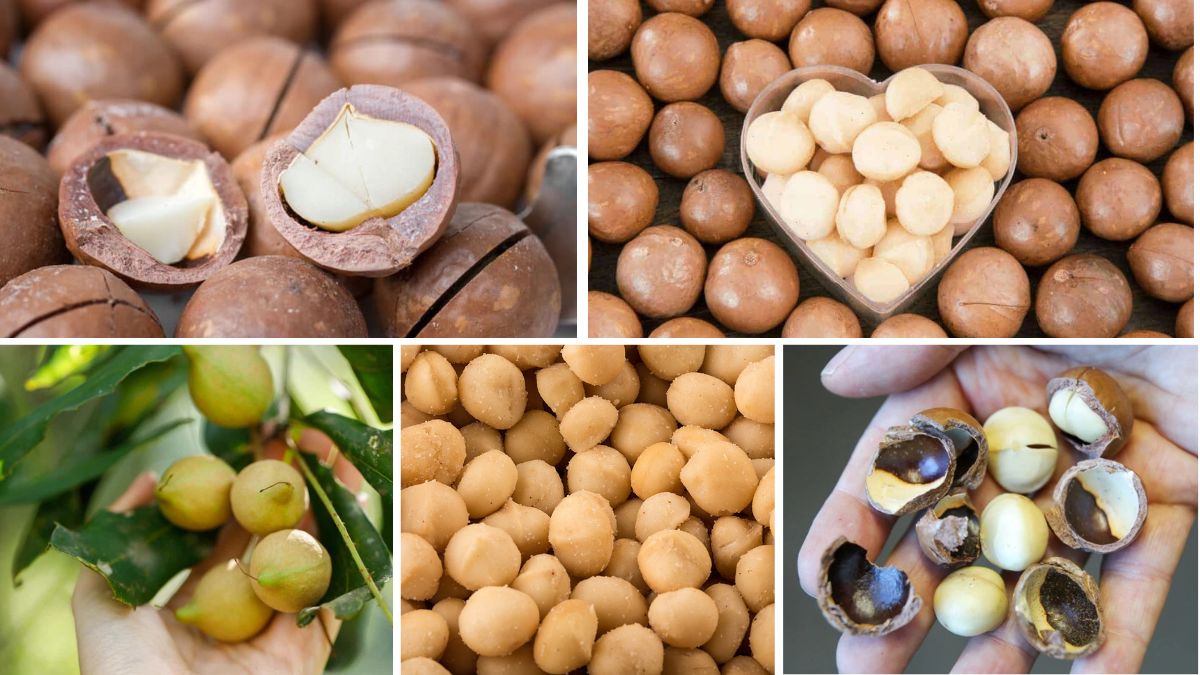Macadamia nuts, renowned for their rich, buttery flavor and delicate crunch, are a highly prized nut in the global culinary and snack industry. Native to Australia, these nuts have gained immense popularity worldwide, both as a healthy snack and as an ingredient in desserts, confectioneries, and gourmet dishes. Given their rising demand, the question arises: which country leads the world in macadamia nut production?
Understanding Macadamia Nuts

Macadamia nuts come from evergreen trees belonging to the genus Macadamia, which are native to the subtropical rainforests of Queensland and New South Wales in Australia. The trees thrive in well-drained, fertile soils and require a climate with warm temperatures and moderate rainfall.
Key characteristics of macadamia nuts include:
- Nutritional Value: High in healthy monounsaturated fats, fiber, and antioxidants.
- Culinary Uses: Used in baking, chocolate confections, nut butters, and as roasted snacks.
- Economic Value: A high-value crop, contributing significantly to the agricultural GDP of producing countries.
Macadamia trees usually start bearing nuts after 4–7 years of planting, with peak production achieved around 10–15 years. Harvesting involves collecting the nuts once they naturally fall to the ground and removing their hard outer shells.
Global Macadamia Nut Production

Macadamia cultivation has expanded beyond Australia, spreading to regions with suitable climates, including Africa, Central America, and Asia. While several countries now grow macadamias commercially, Australia, South Africa, and Kenya are the main producers.
South Africa: The Global Leader

As of 2024, South Africa has emerged as the largest macadamia nut producer in the world, surpassing Australia in terms of annual production. South Africa produces approximately 50,000 metric tons of macadamia nuts annually, accounting for a significant portion of global supply.
Factors Behind South Africa’s Dominance:
- Ideal Growing Conditions: South Africa’s subtropical climate, particularly in regions like Mpumalanga and Limpopo, provides the perfect combination of warm temperatures, moderate rainfall, and fertile soils conducive to macadamia cultivation.
- Expansion of Orchards: Large-scale commercial plantations in South Africa have significantly increased production. Farmers are adopting modern farming techniques, including irrigation systems, fertilization, and pest management.
- Investment in Research and Technology: South African producers have invested in agricultural research to improve yields, disease resistance, and nut quality. This has strengthened the country’s global competitiveness.
- Strong Export Market: South Africa exports over 80% of its macadamia nuts to international markets, including China, the United States, and Europe. High demand for premium nuts has encouraged further expansion of production.
- Economic Incentives: The macadamia industry supports thousands of farmers and contributes substantially to rural employment and the country’s agricultural economy.
Australia: The Birthplace of Macadamias

Australia, the native home of macadamia nuts, is another significant producer. Despite being surpassed by South Africa in production volume, Australia is renowned for the quality and premium branding of its macadamia nuts. In 2024, Australia produced approximately 40,000 metric tons of macadamia nuts annually.
Key Highlights of Australian Production:
- Major Producing Regions: Queensland and New South Wales are the primary macadamia-growing regions. These areas offer optimal soil, climate, and irrigation conditions.
- Varietal Diversity: Australia produces a wide range of macadamia varieties, including Beaumont, A16, and A38, each known for unique flavor and shell characteristics.
- Sustainable Practices: Many Australian farms employ sustainable cultivation practices, including organic farming, integrated pest management, and water-efficient irrigation.
- Premium Export Market: Australia has successfully positioned its macadamia nuts as a premium global brand, exporting to North America, Europe, and Asia.
Kenya: A Rising Producer

Kenya is emerging as a strong contender in the global macadamia industry. With favorable highland climates, particularly in regions like Meru, Thika, and Embu, Kenya produced approximately 30,000 metric tons of macadamia nuts in 2024.
Why Kenya Is Gaining Prominence:
- Ideal Climate: The country’s high-altitude regions with well-drained soils are perfect for macadamia trees.
- Government Support: Policies promoting export-oriented agriculture and agricultural cooperatives have facilitated growth in the macadamia sector.
- Global Demand: Kenyan macadamia nuts are highly sought after in Europe and Asia due to their quality and flavor profile.
- Smallholder Farms: Many Kenyan farmers cultivate macadamias on small plots, contributing significantly to rural livelihoods.
Other Notable Producers
- China: In recent years, China has invested heavily in macadamia cultivation, particularly in southern provinces such as Yunnan and Guangxi. China is both a producer and importer of macadamias, catering to domestic demand.
- United States (Hawaii): Hawaii is the main macadamia-producing region in the U.S., producing around 5,000 metric tons annually. Hawaiian macadamias are prized for their buttery taste and premium quality, often sold as gourmet products globally.
- Guatemala and Costa Rica: Central American countries have entered the macadamia market, leveraging tropical climates and fertile soils. While production is smaller, these countries focus on export-oriented cultivation.
Economic Significance of Macadamia Production
Macadamia cultivation is economically important for producing countries:
- Employment Opportunities: From planting to harvesting and processing, macadamia farming supports thousands of jobs, especially in rural areas.
- Export Revenue: Countries like South Africa, Australia, and Kenya derive significant export income from macadamia nuts, contributing to national GDP.
- Value-Added Products: Beyond raw nuts, macadamias are used in oils, confectionery, chocolate-coated products, and cosmetic applications, enhancing profitability.
- Rural Development: Smallholder farmers benefit from the growing international demand, improving livelihoods and community development.
Challenges in Macadamia Cultivation
Despite its lucrative potential, macadamia farming faces several challenges:
- Climate Sensitivity: Macadamia trees require specific temperature and rainfall conditions. Extreme weather events, droughts, or heavy rains can negatively affect yields.
- Labor Intensity: Harvesting is often manual, requiring skilled labor to collect and shell the nuts.
- Pest and Disease Pressure: Pests like macadamia nut borer and diseases like fungal infections can reduce yield and quality.
- Market Volatility: Global price fluctuations and competition from other producing countries impact profitability.
- Long Maturation Period: Trees take 4–7 years to start producing nuts, requiring long-term investment and planning.
Future Trends in Macadamia Production
The global macadamia industry is poised for growth, driven by rising demand and innovative farming techniques:
- Expansion in Africa and Asia: Countries like Kenya, Malawi, and China are expanding cultivation to meet global demand.
- Sustainable Farming Practices: Water-efficient irrigation, organic cultivation, and integrated pest management are becoming standard to enhance yield and marketability.
- Research and Breeding: Improved cultivars resistant to pests and climate variability are being developed, increasing productivity.
- Value Addition: Processing macadamias into oil, snacks, and cosmetic products enhances profitability and diversifies markets.
- Rising Global Demand: Increasing awareness of macadamias’ health benefits, particularly their high monounsaturated fat content and antioxidant properties, is driving consumption in North America, Europe, and Asia.
Conclusion
South Africa has emerged as the largest macadamia nut producer globally, thanks to its ideal climate, investment in modern farming, and strong export markets. Australia, the native home of macadamias, continues to play a significant role, producing high-quality nuts that cater to premium markets. Kenya and other countries are rapidly increasing production, leveraging favorable conditions and global demand.
Macadamia nuts are not just a delicious snack; they are a significant economic commodity that supports rural livelihoods, contributes to exports, and drives innovation in value-added products. Understanding the dynamics of global macadamia production provides insight into international agricultural trends, investment opportunities, and the future of this high-value tropical nut.





